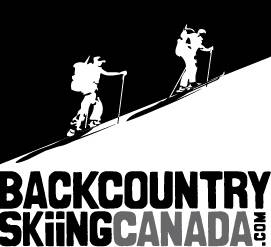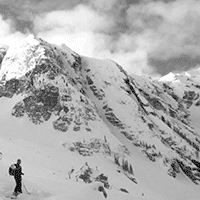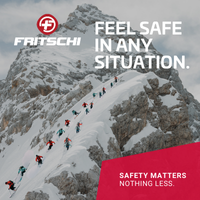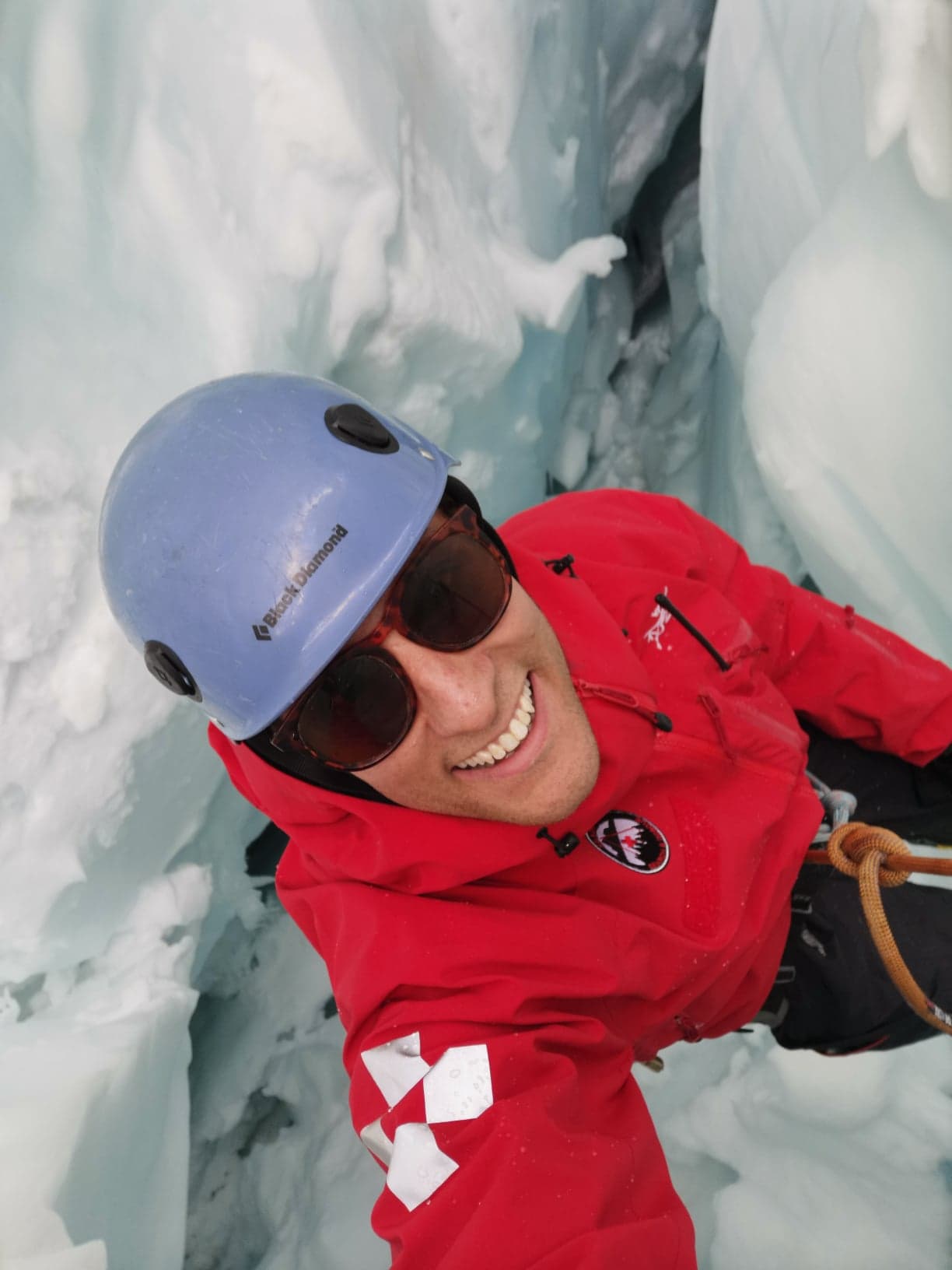Study looks at whether trekking poles help or hinder
To pole, or not to pole? That is the question...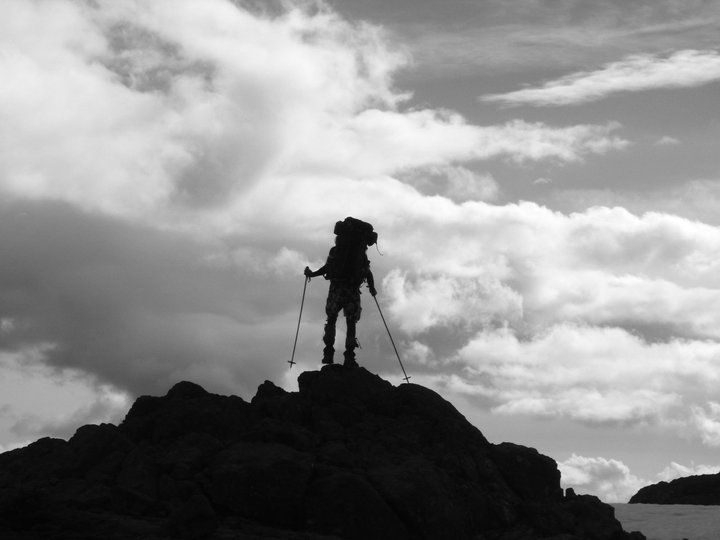
Now you may not have asked this question, or maybe you have, but there are certainly many who have debated the subject of poles for a long time. Poles for skiing seems a given but poles for tracking and running are a more contentious topic. I remember when I went on my first multi-day trek, poles were on the packing list so I brought them without question. The second year, I left them behind and found I would move way faster, but missed the support on steep downhill sections. Now I seem not to take them at all but I thought it to be merely a preferential kind of thing.
Well, it may indeed still be a matter of preference, but we need not rely strictly on anecdotal evidence any longer. A comparative study has been done and it turns out that while walking without a load, trekking poles decrease the load to lower extremities but increase the cardiovascular demand. When carrying a large load, poles may increase balance while decreasing lower extremity muscle activity.
So there you have it, the science is in and poles offer benefits whether you are carrying a large bag or not. Need more? You can find the study on pubmed and get into all the details.
